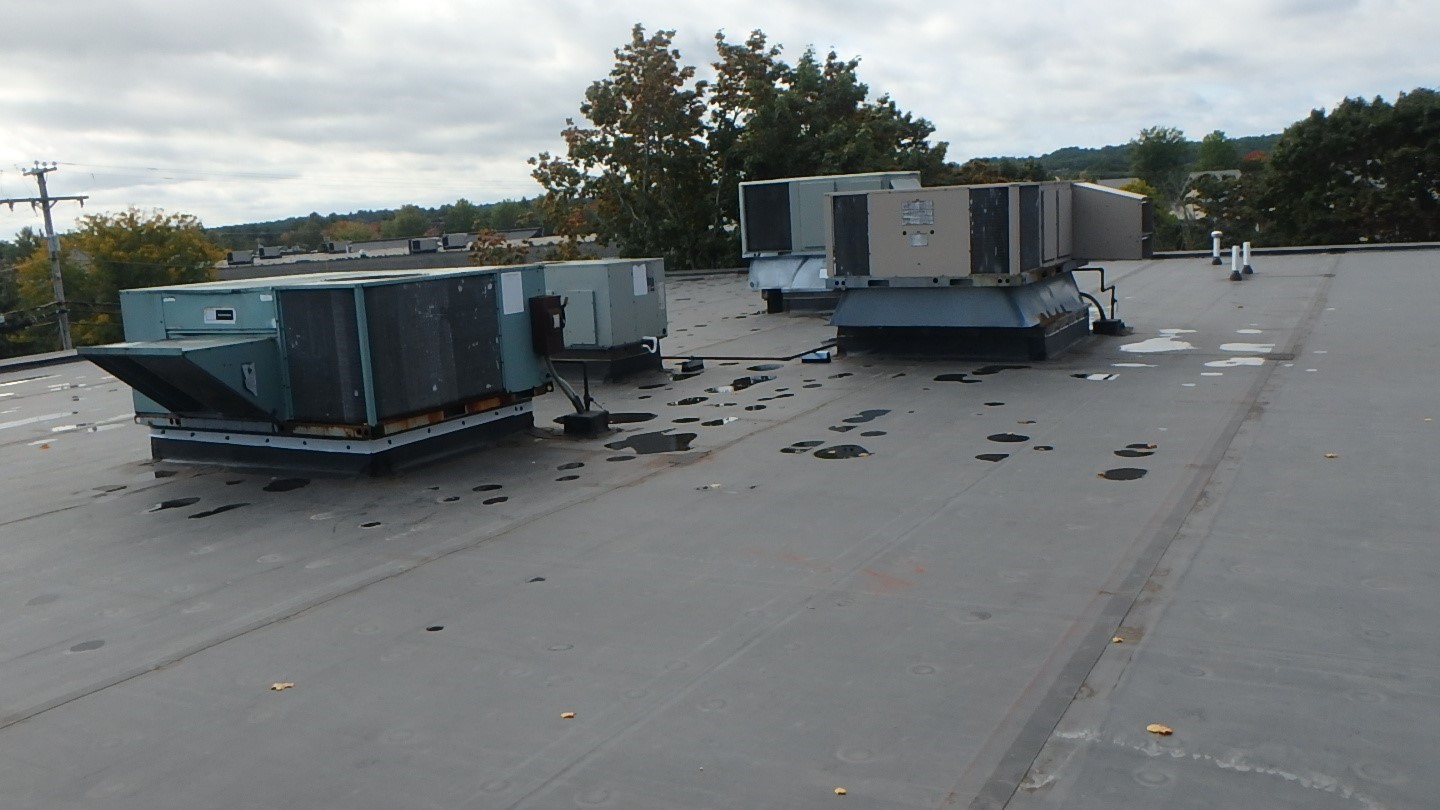
Improving Indoor Air Quality in the Era of COVID-19
By Nancy Nichols, P.E.
Is your HVAC system optimized to reduce the spread of COVID-19 and other biological contaminants? SARS infected people over long distances suggests the possibility of aerosol transmission. COVID-19 may also be transmitted through the air, but is known to be disseminated more significantly by the following mechanisms:
- Direct person to person contact
- Objects infected persons have touched
- Hands to mucous membranes (e.g., nose, mouth and eyes)
- Droplets and possibly particles spread between people in close proximity
For this reason, social distancing, surface disinfection, hand washing and other good hygiene practices are the most important practices to prevent transmission.

However, for those public buildings kept open and when other buildings are re-opened, the follow HVAC measures are suggested[1], in case some spread of the virus can be affected:
- Increase outdoor air ventilation (caution in polluted areas) to increase effective dilution ventilation per person,
- Improve central air infiltration with new choice of compatible filter and seal edges of filter to limit bypass
- Run HVAC system longer, if possible 24/7.
- Consider portable room air cleaners with HEPA filters.
- Consider proper and safe use of ultraviolet germicidal irradiation, particularly in high-risk assembly spaces
Team Engineering is at your service to assist with optimizing your HVAC system to address COVID 19.
[1] Paraphrased from ASHRAE Journal Newsletter March 24, 2020 “Guidance for Building Operations During the COVID Pandemic,” by Lawrence Schoen, P.E.
More Articles From...
| This Category | Condominiums, Engineered Consultations, Home Repairs, Residential Engineering, Structural Engineering |
| This Author | Nancy Nichols, P.E. |
